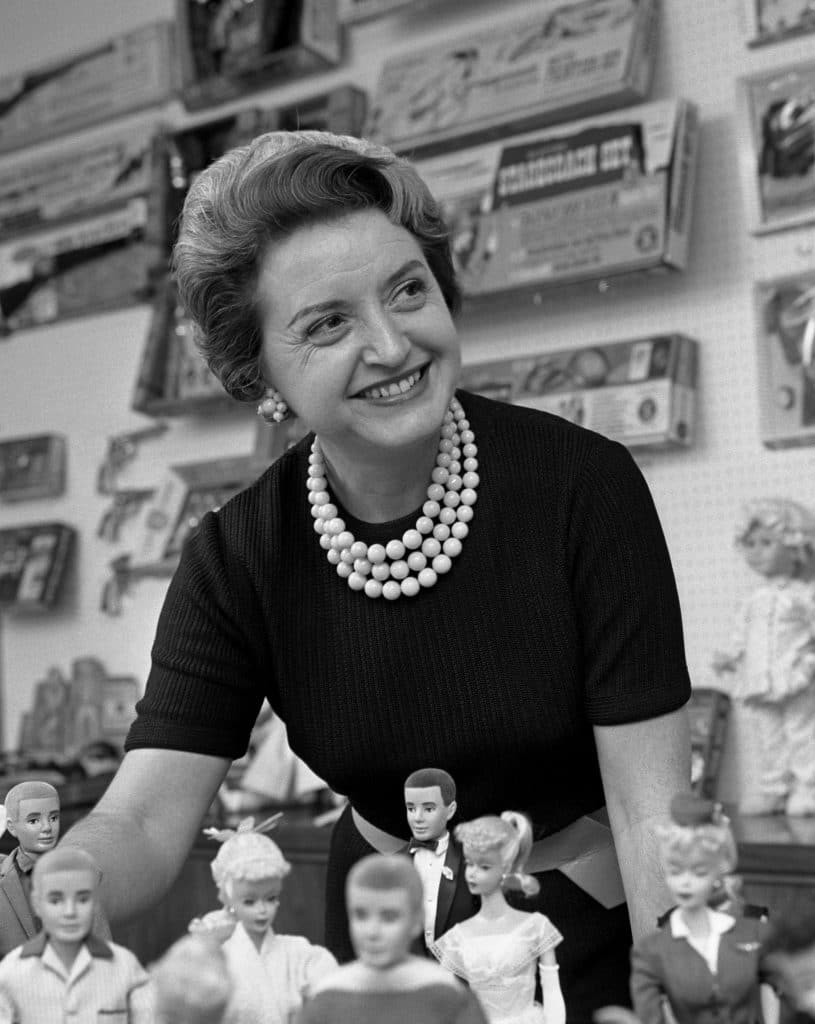Would you believe me if I told you that girls had limited toy options before?
While boys had a plethora of toy choices, such as a whole world of building sets, action figures, toy trucks, and toy guns to choose from, girls pretty much only had dolls and tea sets to play with.

It’s astonishing how not too long ago, gender stereotypes dictated which toys were deemed suitable for each gender. But thanks to cultural shifts and social movements, we now have a wider variety of toys for both girls and boys.
One iconic doll came and has played a powerful role in this change, and it’s none other than Barbie. THE doll that broke the mold and changed everything.
If you’re familiar with Barbie, have played with her in the past, or currently own one, you may be curious about the history behind her creation and the mastermind behind it. Despite being an iconic toy enjoyed by many households over the years, few may know the origins of Barbie.
In my post, we’ll take a closer look at the evolution of toys for girls and how Barbie played a momentous role in shattering gender stereotypes and paving the way for future generations of young girls to pursue their dreams.
So read on to learn more!
The story of Barbie’s creation begins with Ruth Handler, an American businesswoman who saw that her daughter’s toy choices were limited and recognized a gap in the market.

Girls could only play with baby dolls and imagine themselves as a mom or caregiver. In contrast, boys had toys that allowed them to explore their imagination as firefighters, astronauts, doctors, and other professions. This inspired Ruth to create a doll that showed little girls they could be anything they wanted to be and that they had choices.
On March 9, 1959, Barbie, her full name Barbara Millicent Roberts, was introduced to the public at the New York Toy Fair by Mattel, Inc., an American toy market. She was named after Ruth’s daughter, Barbara.

Barbie wore a black-and-white striped, strapless bathing suit with red lips, gold hoops, sunglasses, black heels, and her signature sassy blonde ponytail. At that time, Barbie was available in two versions: either brunette or blonde versions.
The day Barbie debuted is now known as her official birthday.
Did you know that Barbie’s physical appearance was modeled after the Bild Lilli doll, a line of fashion dolls from West Germany?

The inspiration for the Bild Lilli doll came from a German cartoon character that was featured in comic strips from the German newspaper Bild Zeitung.
During a family vacation to Europe in the summer of 1956, Ruth Handler and her children, Barbara and Kenneth, discovered the Bild Lilli doll in a toy shop in the Swiss Alps.
They were captivated by the doll they saw in the window, which sparked Ruth’s imagination. Ruth purchased three of them, one for Barbara and two to take back to Mattel.
After acquiring the rights to Lilli, Ruth Handler, redesigned the doll upon her return to the United States with her husband, Elliott Handler, and local inventor-designer, Jack Ryan. They also gave it a new name, Barbie, in honor of Handler’s daughter.

When Barbie was first introduced to the public, industry buyers expressed skepticism towards her because she was unlike the baby dolls that were popular at the time. They were also against her appearance, especially her exaggerated perfect figure and girly looks.
Despite their doubts, Barbie became an instant success, allowing girls to imagine their futures like never before. The first Barbie TV commercial aired on the Mickey Mouse Club that same year and Mattel struggled to keep up with the high demand.
In its first year, 300,000 Barbie dolls were sold for $3, with additional clothing items from her 22-piece wardrobe selling at between $1 and $3.
In 1961, Mattel introduced Kenneth Sean Carson, also known as Ken, as the counterpart of Barbie or her boyfriend. He was named after Ruth’s son Kenneth.

Ken debuted with a red bathing suit, cork sandals, blonde hair, and a tanned physique. Like Barbie, Ken soon had his own fashionable line of clothing and accessories.
Mattel introduced Barbie’s best friend, Midge, in 1963 and her younger sister Skipper in 1964. Over time, more siblings were added to the Barbie family, such as Stacie in 1992 and Kelly, Barbie’s youngest sister, in 1995.
Barbie has been a beloved toy for 64 years, capturing little girls’ imagination and becoming a symbol of female empowerment. She continues to inspire girls to believe in themselves and their ability to achieve anything they set their minds to.







